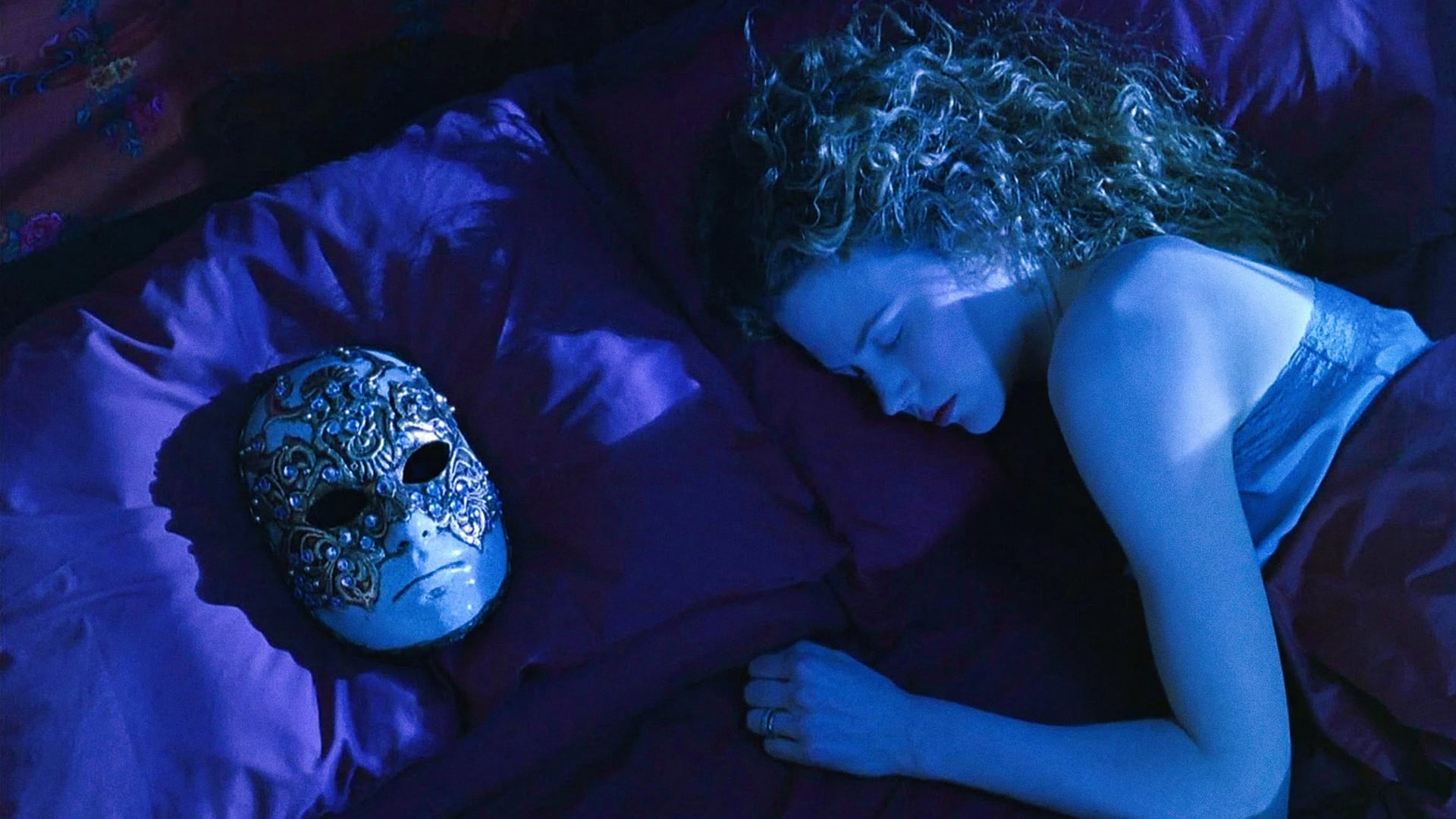2001 A Space Odyssey: A revolutionary science fiction film that was way ahead of its time
May 16, 2021
“I am putting myself to the fullest possible use, which is all I think that any conscious entity can ever hope to do.”
This film was my introduction to Stanley Kubrick and immediately made me a big fan. The revolutionary vision of Stanley Kubrick and the philosophical aspect, combined with the beautiful cinematography and classical music, created this masterpiece that changed science fiction forever. 2001: A Space Odyssey predicted the man on the Moon, international space agencies, video calls, tablets and Artificial Intelligence. This all shows how revolutionary this film actually was, and it did this with beautiful visuals. What I especially liked about the cinematography, was that a lot of compositions are centered, symmetrical and radial—which created a satisfying image.

Does mankind have free will?
The philosophical aspect that I really liked were the mysterious monoliths and how these 4 monoliths directed mankind, through evolution and waypoints, to eventually create the Starchild. Evoking the question whether mankind has free will?
1. The man-apes touched the monolith and discovered weapons out of bones, that eventually led to an advanced human civilization that could travel to the Moon.
2. The man on the moon touched the monolith, and then we hear a loud pitch that signalled to Jupiter, leading mankind to travel further into space.
3. The Pod near Jupiter figuratively touched the monolith through an abstract alignment with the planets and the monolith. This allowed Dave to enter the Stargate, that provided access to the 3-dimensional Baroque style room within a higher dimension.
4. Dave figuratively touched the monolith in the Baroque style room, with a reference to ‘The Creation of Adam’, which evolved him into a more advanced being called the Starchild. This evolution got triggered because Dave looks at an older version of himself having dinner. Dave then becomes that older version when they look at each other. This pattern repeats itself until an even older Dave looks at the Monolith standing right in front of him. Dave then becomes the Starchild, through evolution, when he figuratively touched the monolith.
The monoliths originate from the higher dimension, because they occurred after the alignment of the planets during the ‘Dawn of Man’ sequence in the beginning of the film. We later find out this alignment opens the Stargate between our dimension and the higher dimension we see in the end.
You can ask yourself if the moments of evolution, that are caused by the monoliths, are only happening because they’re planned by the higher dimensional alien civilization? If this is the case, you can ask yourself the follow-up question: does mankind have free will? I personally think mankind doesn’t have free will. Humans have the freedom to do what they want, but they are still not able to control their own evolution. I think this is mainly because their lives are just a very brief moment within the scale of mankind. On a larger scale, mankind is being guided, through evolution, into a specific direction that is not consciously done by mankind itself—it is done by the monoliths.
The similarities between mankind and A.I.
If mankind doesn’t have free will, and is guided by another entity… it means mankind is programmed to do specific things and goes into a specific direction controlled by another entity. You can ask yourself if humans are really that different from an A.I. like HAL 9000, which is also programmed to do specific things by another entity—humans.
Another question you can ask yourself is what the end goal is for the alien civilization. Was it to help mankind to survive? Was it to create the ultimate being, like the Starchild in the end? Or are the higher dimensional aliens just a distant evolution of us, that are not bound by the restrictions of time? If the latter is the case, it means that they’re helping themselves with their evolutionary history. Therefore, creating a paradoxical closed loop.

My favorite scenes
One of my favorite scenes is where HAL 9000, my favorite character of the film, got shut down. The red monochromatic color scheme during the shutdown of HAL 9000 created a feeling of danger and fear. These feelings get enhanced by the nerve-wrecking sound design. Having HAL 9000 talk with its monotonous voice and sing Daisy in a pitch that got lower with each key turn to shut HAL 9000 down, felt daunting because HAL 9000 was hopeless. Also, hearing the continuous his and breathing of the protagonist created extra tension.
“Daisy, Daisy, give me your answer do. I’m half crazy, all for the love of you.”

The Stargate sequence is also very interesting, especially if you realize this was all done practically. The vibrant colors within the abstract shapes, combined with the daunting yet mesmerizing music, create an out of this world experience. I always interpreted this sequence as traveling to a higher dimension. A higher dimension that was then shown as a baroque style room.

A powerful match cut
The match cut is one of the best I’ve seen in a film. This cut visualizes a jump of 3 million years in just a couple seconds. In the first shot, we see a bone that the man-apes used as a weapon to kill each other. In the next shot, we see a nuclear weapon in space that humans could use to kill each other. The motion, rotation, and location between the bone and nuclear weapon don’t exactly align during the match cut, causing it to not change smoothly. I interpret this as a visualization to show that evolution within the 3 million years isn’t a smooth process, either.

This is one of those films that will stay accurate and interesting for a long time to come. 2001: A Space Odyssey will be remembered as one of the most important films in cinema history.



